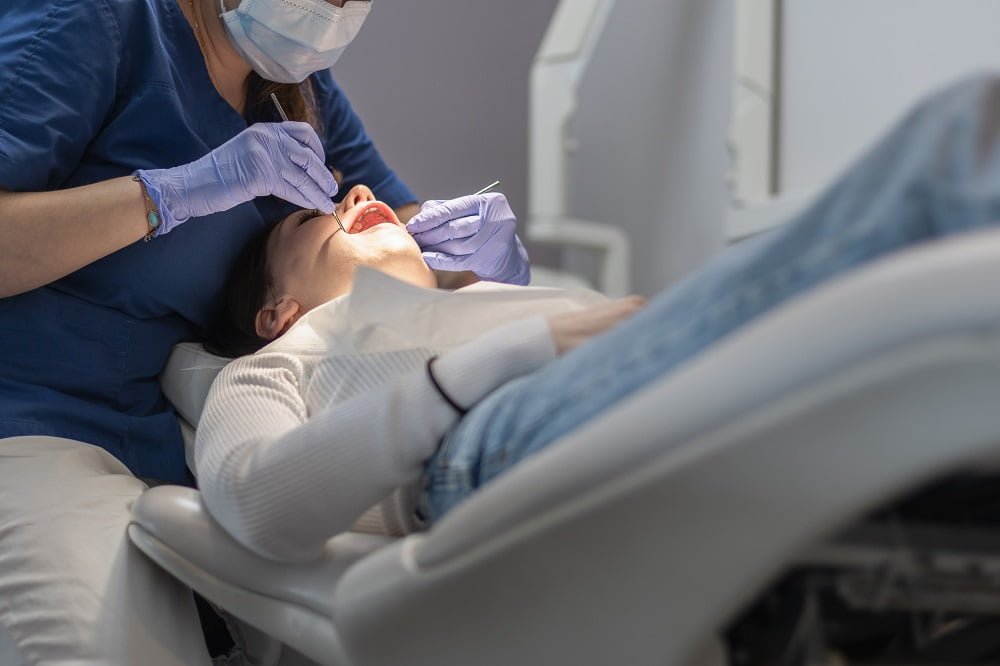
Deep Cleaning

Regular brushing and flossing do not suffice for a squeaky clean mouth. The bristles of your toothbrush can’t clean the interdental areas, crevices and grooves to remove plaque and tartar. Over time, plaque starts to seep below the gum line and starts infecting the tooth roots and gives rise to periodontal diseases. Poor dental hygiene, smoking, aging, and poor nutrition also cause periodontal diseases. Deep cleaning is a professional procedure of removing plaque and tartar deposits from teeth above and below the gum line and it also involves the cleaning of the tooth roots. Deep cleaning is performed by a dental hygienist to treat periodontal disease in its early stages. You may require a deep cleaning when you observe the following symptoms:
- A change in your bite.
- Recessed gums, which have started to pull away from your teeth.
- Bleeding, inflamed, or red gums.
- The tartar has reached to the roots of your teeth.
- Tender gums accompanied by bad breath.
- Loose teeth that keep shifting.
How is deep cleaning performed?
Deep cleaning is performed in a single or more appointments, depending on your unique requirements. First, your dentist will go over your medical history and determine your oral and overall health. Next, your dentist will use a probe to determine the depth of periodontal pockets, the area between the teeth and gums. If the depth of the periodontal pockets is more than 3 mm, your dentist will recommend a deep cleaning. Deep cleaning involves two procedures, namely, scaling and root planing.
1. Scaling
The scaling procedure begins with your dentist numbing the gums and the tooth roots with a local anesthetic. Special dental tools are used to scrape away the plaque and tartar deposits from above and below the gum line. Also, plaque is removed from periodontal pockets that may have formed between your gums and teeth.
Your dentist will also use an ultrasonic instrument to remove plaque and tartar. The ultrasonic instrument consists of a vibrating metal tip and a cold water spray. The metal tip identifies regions of plaque and tartar build-up and chips it away while the water spray flushes out the periodontal pockets.
2. Root Planing
Root planing is performed after scaling and involves the smoothening of rough spots on the tooth roots which trap and hold bacteria. The smoothening process also provides for the gums to reattach themselves to the tooth surface. Also, antimicrobials are placed below the gum line to kill bacteria. Root planing is performed with an ultrasonic device or lasers. We, at Auburn Dental Group, use Lasers for root planing to minimize bleeding and for accelerated healing.
At Auburn Dental Center, we use the latest technology like digital X rays and 3 D imaging to provide top-notch dental solutions to our patients. We aim to provide safe, comfortable, and painless procedures that suit one’s dental needs. For further queries, book an appointment with us at (661) 327-2189 or visit us at 5603 Auburn Street Suite B Bakersfield, CA 93306.

